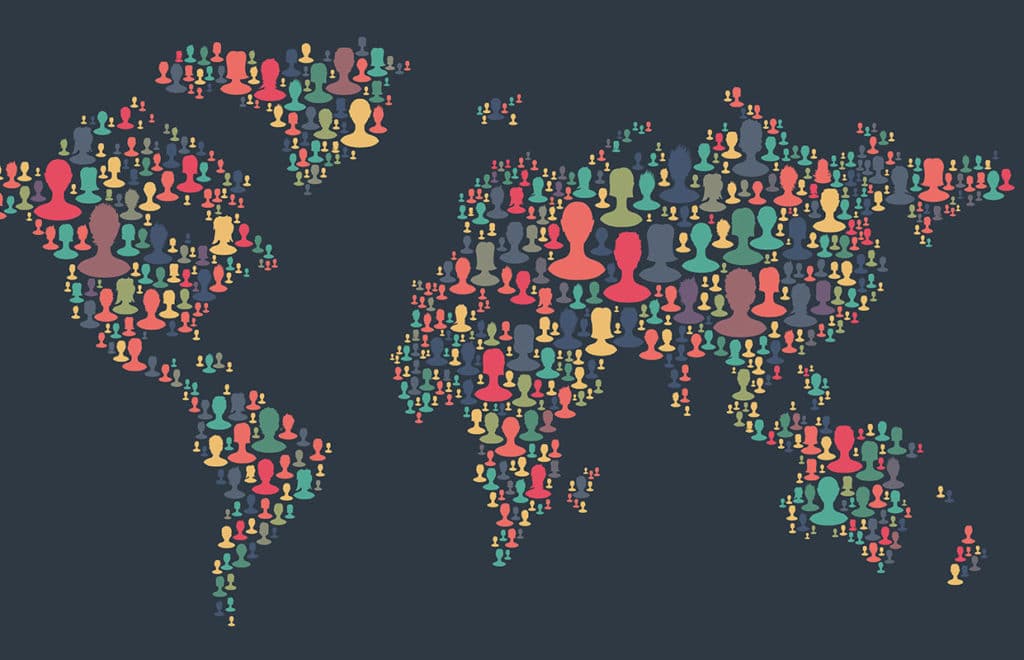Our best hope may be the weather.
For a long time, many people thought that it was a mistake to use the weather as evidence of climate change. Weather patterns contain a lot of randomness. Even as the earth warms and extreme weather becomes more common, some years are colder and calmer than others. If you argue that climate change is causing some weather trend, a climate denier may respond by making grand claims about a recent snowfall.
And yet the weather still has one big advantage over every other argument about the urgency of climate change: We experience the weather. We see it and feel it.
It is not a complex data series in an academic study or government report. It’s not a measurement of sea level or ice depth in a place you’ve never been. It’s right in front of you. And although weather patterns do have a lot of randomness, they are indeed changing. That’s the thing about climate change: It changes the climate.
I wanted to write my last column of 2018 about the climate as a kind of plea: Amid everything else going on, don’t lose sight of the most important story of the year.
I know there was a lot of competition for that title, including some more obvious contenders, like President Donald Trump and Robert Mueller. But nothing else measures up to the rising toll and enormous dangers of climate change. I worry that our children and grandchildren will one day ask us, bitterly, why we spent so much time distracted by lesser matters.
The story of climate change in 2018 was complicated — overwhelmingly bad, yet with two reasons for hope. The bad and the good were connected, too: Thanks to the changing weather, more Americans seem to be waking up to the problem.
I’ll start with the alarming parts of the story. The past year is on pace to be the earth’s fourth warmest on record, and the five warmest years have all occurred since 2010. This warming is now starting to cause a lot of damage.
In 2018, heat waves killed people in Montreal, Karachi, Tokyo and elsewhere. Extreme rain battered North Carolina and the Indian state of Kerala. The Horn of Africa suffered from drought. Large swaths of the American West burned. When I was in Portland, Oregon, this summer, the air quality — from nearby wildfires — was among the worst in the world. It would have been healthier to be breathing outdoors in Beijing or Mumbai.
Amid all of this destruction, Trump’s climate agenda consists of making the problem worse. His administration is filled with former corporate lobbyists, and they have been changing federal policy to make it easier for companies to pollute. These officials like to talk about free enterprise and scientific uncertainty, but their real motive is usually money. Sometimes, they don’t even wait to return to industry jobs. Both Scott Pruitt and Ryan Zinke, two now-departed pro-pollution Cabinet secretaries, engaged in on-the-job corruption.
I often want to ask these officials: Deep down, do you really believe that future generations of your own family will be immune from climate change’s damage? Or have you chosen not to think very much about them?
As for the two main reasons for hope: The first is that the Trump administration is an outlier. Most major governments are trying to slow climate change. So are many states in this country, as well as some big companies and nonprofit groups. This global coalition is the reason that the recent climate summit in Poland “yielded much more,” as Nat Keohane of the Environmental Defense Fund said, “than many of us had thought might be possible.”
The second reason for hope is public opinion. No, it isn’t changing nearly as rapidly as I wish. Yet it is changing, and the weather seems to be a factor. The growing number of extreme events — wildfires, storms, floods and so on — are hard to ignore.
Only 40 percent of Americans called the quality of environment “good” or “excellent” in a Gallup Poll this year, the lowest level in almost a decade. And 61 percent said the environment was getting worse. In an NBC News/Wall Street Journal poll, 66 percent of Americans said they wanted to see action to combat climate change. Some polls even suggest that Republican voters are becoming anxious about the situation.
The politics of climate change remains devilishly hard, especially because so many people around the world feel frustrated about their living standards. France’s “gilet jaune” protests, after all, were sparked by a proposed energy tax. Compared with day-to-day life, the effects of climate change have long felt distant, almost theoretical.
But now those effects are becoming real, and they are terrifying. To anyone who worries about making a case for climate action based on the weather, I would simply ask: Do you have a better idea?
c.2018 New York Times News Service
